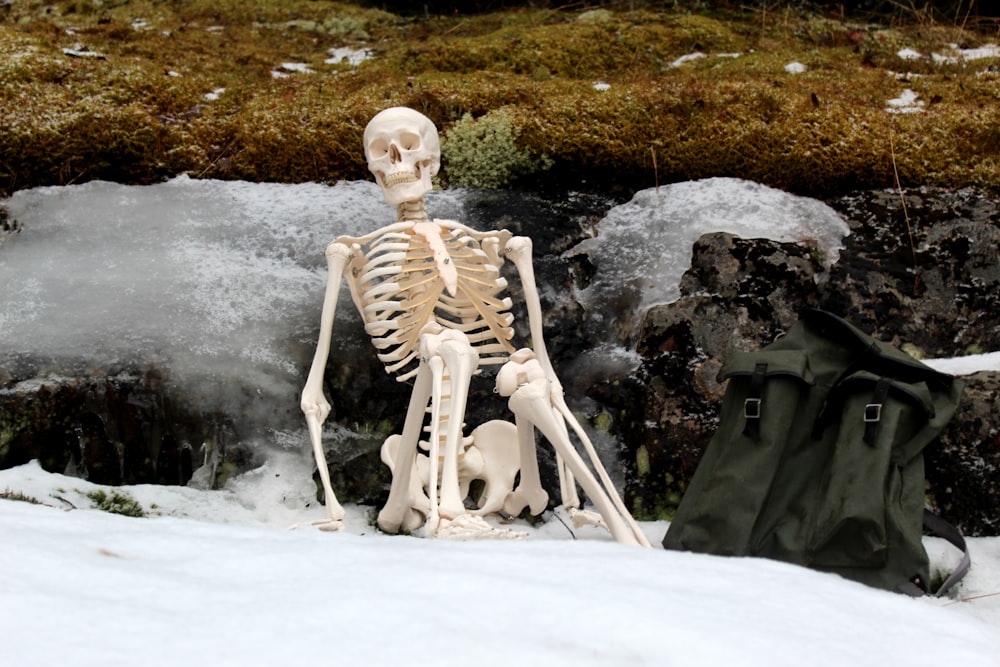目次
座位時間の増加が変形性膝関節症の進行と関連?
身体活動量を向上させることが様々な疾病の予防につながることが明らかにされつつあります.
変形性膝関節症の場合には身体活動量と関節症進行との関連性というのはどうなのでしょうか?
今回は座位時間と変形性膝関節症進行と関連性を明らかにした研究論文をご紹介させていただきます.

今回ご紹介する論文
Musculoskeletal Care. 2023 May 30. doi: 10.1002/msc.1786. Online ahead of print.
Sitting may increase risk for radiographic incidence and progression of knee osteoarthritis over 2 years: Data from a large cohort study
Dana Voinier 1, Tuhina Neogi 2, Hiral Master 3, Louise M Thoma 4, Meredith Brunette 5, Jason Jakiela 1, Joshua J Stefanik 6, Daniel K White 1
Affiliations expand
PMID: 37253682 DOI: 10.1002/msc.1786
今回ご紹介する論文は2023年に掲載された論文です.
研究の目的
Objectives: To examine the association of leisure-time sitting with radiographic incidence and progression of knee osteoarthritis (OA) over 2 years, and to determine whether worktime sitting modifies this association.
この研究では余暇の座り方と変形性膝関節症(OA)の2年間のレントゲン写真上の発症および進行との関連を調査し,仕事中の座位時間が変形性膝関節症の進行に関連するかどうかを明らかにすることを目的としております.
研究の方法
Methods: We included adults with or at high risk for knee OA who enroled in the Osteoarthritis Initiative (OAI). Participants reported leisure-time sitting (≤4 vs. >4 h/day) and worktime sitting (frequent vs. infrequent) at enrolment, and had bilateral knee radiographs at enrolment and 2 years later. Our outcome, radiographic knee OA incidence/progression (yes/no), was defined as any increase in Kellgren-Lawrence grade over 2 years. We examined the association of leisure-time sitting (≤4 vs. >4 h/day) with risk of radiographic knee OA incidence/progression using binary linear regression, adjusting for potential confounders. We stratified by worktime sitting (frequent vs. infrequent) and repeated our analysis.
Osteoarthritis Initiative(OAI)に登録した膝関節症例,または膝関節症のリスクが高い成人を対象としております.
対象者は登録時に余暇の座位行動(4時間未満と4時間以上/日)および仕事中の座位行動(頻繁と不頻度)を報告し,登録時と2年後に両膝X線写真を撮影しております.
アウトカムは2年間のKellgren-Lawrenceグレードにおける変形性関節症の進行と定義しております.
潜在的な交絡因子を調整した上で,2値線形回帰を用いて余暇時間における座位行動(≦4 vs. >4時間/日)とX線上の変形性膝関節症の発症/進行のリスクとの関連を検討しております.
また仕事中の座位行動(頻回 vs 非頻回)でも層別化し分析を行っております.
研究の結果
Results: We included 4254 adults (mean age 61 years; 58% women; mean body mass index 29 kg/m2 ) who contributed a total of 8127 knees. Adults with >4 h/day of leisure-time sitting had 25% higher risk (adjusted risk ratio [RR] 1.25, 95% confidence interval [95% CI] 1.08-1.50) for radiographic knee OA incidence/progression compared with adults with ≤4 h/day of leisure-time sitting (referent group). Importantly, this association was intensified (RR 1.60, 95% CI 1.19-2.33) among adults with frequent worktime sitting, but was attenuated (RR 1.11, 95% CI 0.89-1.39) among adults with infrequent worktime sitting.
4254例の成人(平均年齢61歳,女性58%,平均体格指数29kg/m2)を対象とし,合計8127の膝関節について調査を行っております.
4時間/日以上の余暇を過ごす成人では,4時間/日以下の余暇を過ごす成人(参照群)と比較して,X線上の変形性膝関節症発症/進行のリスクが25%高いことが明らかとなりました(調整リスク比[RR] 1.25, 95%信頼区間[95%CI] 1.08-1.50 ).
重要なポイントはこの関連は仕事中に頻繁に座っている成人ではリスクが高くなり(RR 1.60, 95% CI 1.19-2.33),仕事中に座位行動の頻度が少ない成人ではリスクが低くなったといった点です(RR 1.11, 95% CI 0.89-1.39).
研究の結論
Conclusions: Higher leisure-time sitting (>4 h/day) may be associated with greater risk for radiographic knee OA incidence/progression over 2 years. Furthermore, this association was intensified among adults who also reported frequent worktime sitting.
余暇時間の座位時間が長い(4時間/日以上)ことは,2年間のX線検査による変形性膝関節症発症/進行のリスクが高いことと関連している可能性があります.
さらにこの関連性は仕事中に座る頻度が高いと報告した成人の間で強い結果でありました.
今回は座位時間と変形性膝関節症進行と関連性を明らかにした研究論文をご紹介させていただきました.
座位行動が長いということは関節負担も軽減できると考えがちですが,座位行動長いと軟骨代謝にとってはマイナスになる可能性がありますね.
理学療法士・作業療法士が変形性膝関節症例に対する身体活動指導を行ううえで有益な結果だと思います.






